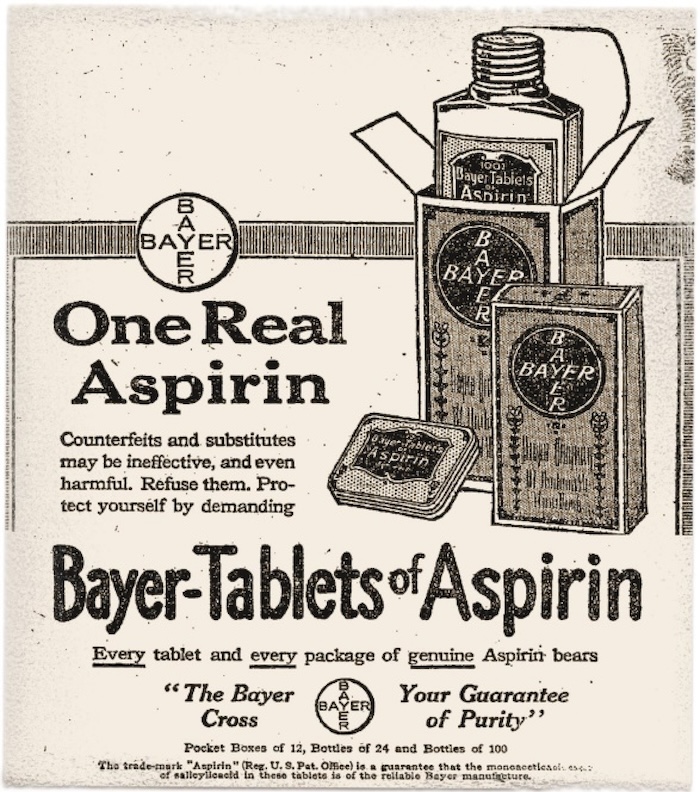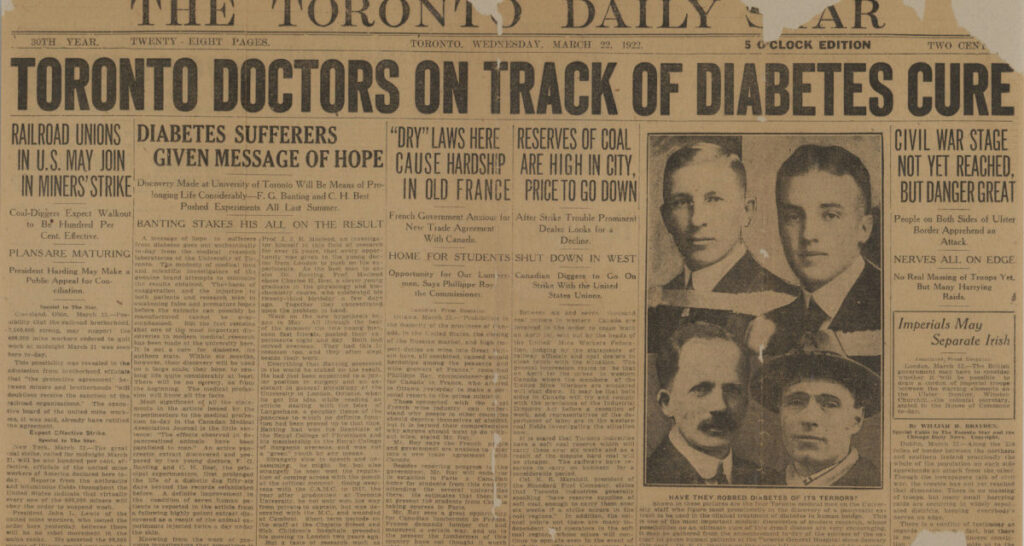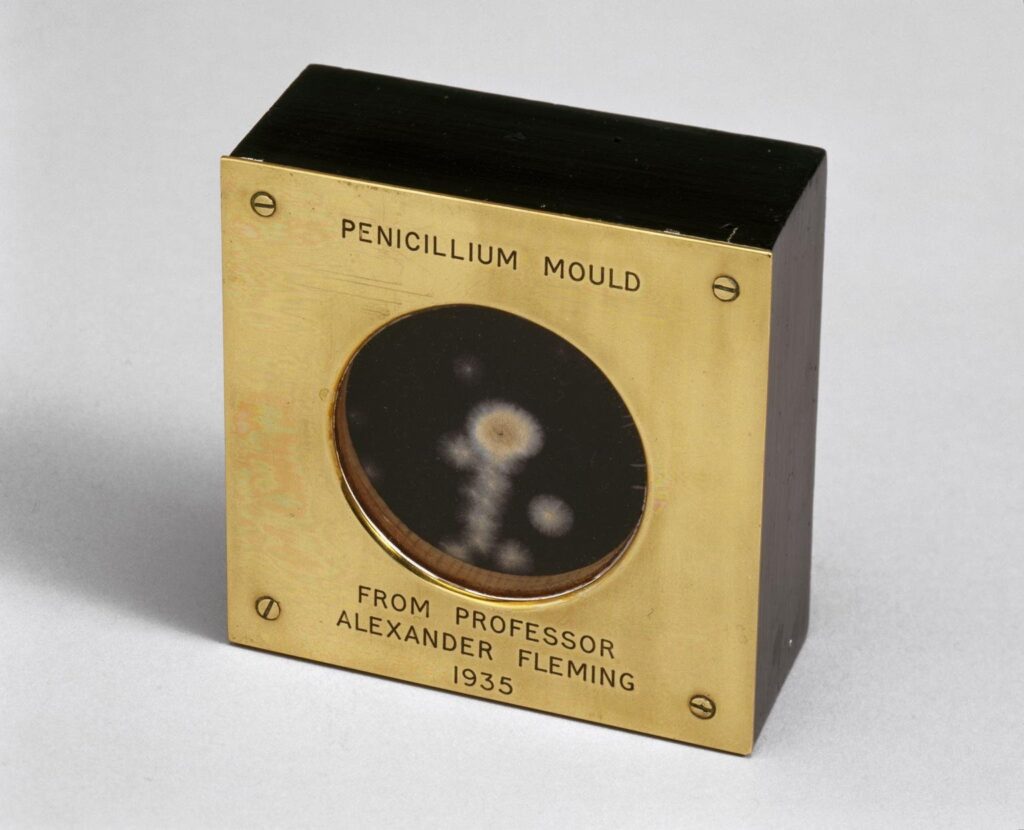Throughout the history of medicine, important pharmaceutical discoveries have changed the course of healthcare and the human experience. So chemotherapy drugs, penicillin, insulin, ether, chlorpromazine, thalidomide, contraception, idoxuridine, and azidothymidine are not just chemical molecules. They are symbols of the revolutionary forces that changed medicine and society. The history of these drugs is a story of technological progress, moral dilemmas, and social transformation, beginning with the development of anesthesia and ending with the eradication of infectious diseases.
Ether

Ether is a volatile liquid that can produce anesthesia when inhaled. Ether was first discovered in the 13th century by a Spanish chemist named Raymundus Lullus (Ramon Llull). However, its use as an anesthetic began in the mid-19th century. Crawford Long, a physician from Georgia in the USA, used it as a surgical anesthetic for the first time in 1842. He removed a tumor from the neck of a patient who was under the influence of ether. However, he did not publish his results until 1848.
The first public demonstration of ether anesthesia was done by William Morton, a dentist from Boston, USA, in 1846 at the Massachusetts General Hospital.
Aspirin

Aspirin is a drug that can relieve pain, inflammation, and fever. It is derived from salicylic acid, a compound found in the bark of willow trees and other plants. The use of salicylic acid as a medicine dates back to ancient times when people chewed willow bark or drank tea made from it to treat various ailments. In 1828, Johann Buchner, a German chemist, isolated salicin, a precursor of salicylic acid, from willow bark.
In 1897, Felix Hoffmann, a German chemist working for Bayer, synthesized acetylsalicylic acid, a more stable and less irritating form of salicylic acid, and named it aspirin. Bayer patented the drug in 1899 and marketed it as a painkiller.
Insulin

Insulin is a hormone that regulates blood sugar levels. The pancreas, a gland located in the abdomen, is responsible for producing this hormone. In individuals with diabetes, insulin is either insufficient or ineffective, leading to elevated blood sugar levels and various complications. In 1889, German physiologists Oskar Minkowski and Joseph von Mering discovered that removing the pancreas from dogs caused them to develop diabetes. This suggested that the pancreas contained a substance that prevented diabetes.
In 1921, three Canadian researchers, Frederick Banting, Charles Best, and James Collip, working at the University of Toronto, isolated insulin from the pancreas of dogs. They successfully lowered blood sugar levels by injecting insulin into diabetic dogs. In 1922, they achieved a successful treatment by administering insulin injections to a 14-year-old child with type 1 diabetes.
Insulin became the first effective treatment for diabetes, saving millions of lives. Banting and the head of the Toronto laboratory, John Macleod, shared the Nobel Prize in Physiology or Medicine in 1923 for the discovery of insulin.
Penicillin

Penicillin is an antibiotic that can kill or inhibit the growth of certain bacteria. Penicillium is a type of mold that produces it. The discovery of penicillin is attributed to the Scottish bacteriologist Alexander Fleming, who worked at St. Mary’s Hospital in London.
In 1928, Fleming discovered that mold had contaminated a Staphylococcus bacterial culture he had left on his workbench, preventing the bacteria around the mold from growing. He identified the mold as Penicillium and named the antibacterial substance it produced penicillin. However, he struggled to purify and mass-produce penicillin, and his discovery went largely unnoticed.
In 1939, two biochemists from the University of Oxford, Howard Florey and Ernst Chain, revived Fleming’s work and developed a method to obtain and purify penicillin from mold cultures. They tested penicillin on mice and humans, demonstrating its effectiveness against various bacterial infections.
During World War II, with the assistance of the U.S. and British governments and pharmaceutical companies, penicillin entered mass production and became a lifesaving drug for wounded soldiers and civilians. Fleming, Florey, and Chain shared the Nobel Prize in Physiology or Medicine in 1945 for the discovery and development of penicillin.
Chemotherapy Drugs
Chemotherapy drugs are medications that can kill or halt the growth of cancer cells, which are abnormal cells that divide uncontrollably and invade other tissues. The first chemotherapy drug, nitrogen mustard, is a chemical warfare agent that damages DNA and inhibits cell division.
In 1942, pharmacologists Alfred Gilman and Louis Goodman from Yale University tested nitrogen mustard on mice with lymphoma, a cancer type affecting lymph nodes. They found that the drug reduced tumor size and prolonged the survival of the mice.
In 1943, they treated a non-Hodgkin’s lymphoma patient with nitrogen mustard, achieving temporary remission. Nitrogen mustard became the prototype of alkylating agents, a class of chemotherapy drugs that interfere with DNA synthesis and function. Dr. Sidney Farber’s work in the 1940s laid the foundation for modern cancer chemotherapy.
Later, new types of chemotherapy drugs were found or created. These include antimetabolites, which copy and damage the building blocks of DNA and RNA, vincristine and paclitaxel, which come from plants and stop cells from dividing, and cisplatin and carboplatin, which are made of platinum and stop DNA from replicating by creating cross-links in it.
Chemotherapy drugs are often used in combination to enhance efficacy and reduce side effects.
Chlorpromazine
Chlorpromazine is a drug that can reduce the symptoms of psychosis, such as hallucinations, delusions, and agitation. It belongs to a class of drugs called antipsychotics or neuroleptics, which affect the activity of certain brain chemicals called neurotransmitters. Paul Charpentier, a chemist at the French pharmaceutical company Rhône-Poulenc, created chlorpromazine for the first time in 1950. It was originally designed as an antihistamine, a drug that blocks the effects of histamine, a substance that causes allergic reactions.
In 1951, Henri Laborit, a French surgeon, tested chlorpromazine on surgical patients and found that it induced a state of calmness and indifference without causing a loss of consciousness. He suggested that the drug could be used to treat psychiatric disorders. In 1952, Jean Delay and Pierre Deniker, two psychiatrists at the Sainte-Anne Hospital in Paris, tried chlorpromazine on patients with schizophrenia, a severe mental disorder characterized by psychosis.
They observed that the drug reduced the intensity and frequency of psychotic symptoms, such as delusions, hallucinations, and disorganized speech and behavior. Chlorpromazine became the first drug to treat schizophrenia and other psychotic disorders and opened a new era of psychopharmacology. Chlorpromazine also inspired the development of other antipsychotic drugs, such as haloperidol, clozapine, and risperidone.
Thalidomide
Thalidomide is a drug that can treat certain inflammatory and autoimmune diseases, such as leprosy and multiple myeloma, a type of blood cancer. It also has sedative and anti-nausea effects. However, taking thalidomide while pregnant is well known to lead to severe birth defects. Wilhelm Kunz, a chemist at the German pharmaceutical company Chemie Grünenthal, created the first synthetic version of thalidomide in 1953. It was marketed as a safe and effective sedative and antiemetic, especially for pregnant women suffering from morning sickness.
However, in the late 1950s and early 1960s, thousands of babies were born with severe malformations, such as missing or shortened limbs, due to their mothers’ exposure to thalidomide during pregnancy. The drug was withdrawn from the market in 1961 after the link between thalidomide and birth defects was established by several researchers, including Frances Oldham Kelsey, a pharmacologist at the US Food and Drug Administration, who refused to approve thalidomide for sale in the US.
Thalidomide became one of the biggest medical disasters in history and led to stricter regulations and ethical standards for drug testing and approval. In the 1990s, thalidomide was rediscovered as a treatment for leprosy and multiple myeloma after researchers found that it had immunomodulatory and anti-angiogenic properties, meaning that it could modulate the immune system and inhibit the formation of new blood vessels.
Thalidomide was approved for these indications, under strict conditions and monitoring, in several countries, including the US. Thalidomide also served as a model for the development of other drugs with similar mechanisms of action, such as lenalidomide and pomalidomide.
Birth Control
Birth control is a term that refers to any method or device that can prevent pregnancy. Hormonal methods include birth control pills, patches, injections, implants, or intrauterine devices (IUDs), such as hormonal IUDs. Barrier methods include condoms, diaphragms, or cervical caps. Natural methods involve techniques like abstinence, withdrawal, or fertility awareness. Surgical options include vasectomy or tubal ligation.
The history of birth control dates back to ancient times, when people used various herbs, plants, animal products, or physical methods to prevent pregnancy or induce abortion. Among the earliest documented forms of birth control are the use of vaginal suppositories by the ancient Egyptians, the use of the plant silphium by the ancient Greeks and Romans due to its contraceptive and abortifacient properties, and the practice of coitus interruptus or withdrawal, in various cultures.
The development of modern birth control pills began in the 1950s, with key contributions from scientists such as Carl Djerassi, Gregory Pincus, and John Rock. The first oral contraceptive, Enovid, was approved for contraceptive use in 1960.
Idoxuridine
Idoxuridine is a drug that can treat herpes simplex keratitis, an eye infection caused by a virus. It is a nucleoside analogue, a modified form of deoxyuridine, that can block the replication of viral DNA. It was first synthesized by William Prusoff, a chemist at Yale University, in 1958. He initially developed it as an anticancer drug but later found that it had antiviral activity against the herpes simplex virus. In 1962, the US Food and Drug Administration approved it as the first antiviral agent.
Azidothymidine
Azidotimidin, also known as zidovudine or AZT, is a drug that can prevent and treat HIV/AIDS. It is also a nucleoside analogue, a modified form of thymidine, that can inhibit the enzyme reverse transcriptase that HIV uses to make DNA. Jerome Horwitz, a chemist at Wayne State University, created the first version of it in 1964. He intended it as a cancer therapy, but it proved ineffective and was shelved. In the 1980s, it was included in a screening program by the National Cancer Institute to identify drugs to treat HIV/AIDS. It showed promising results in laboratory and clinical trials, and it became the first drug to gain approval from the US Food and Drug Administration for treating AIDS in 1987.





